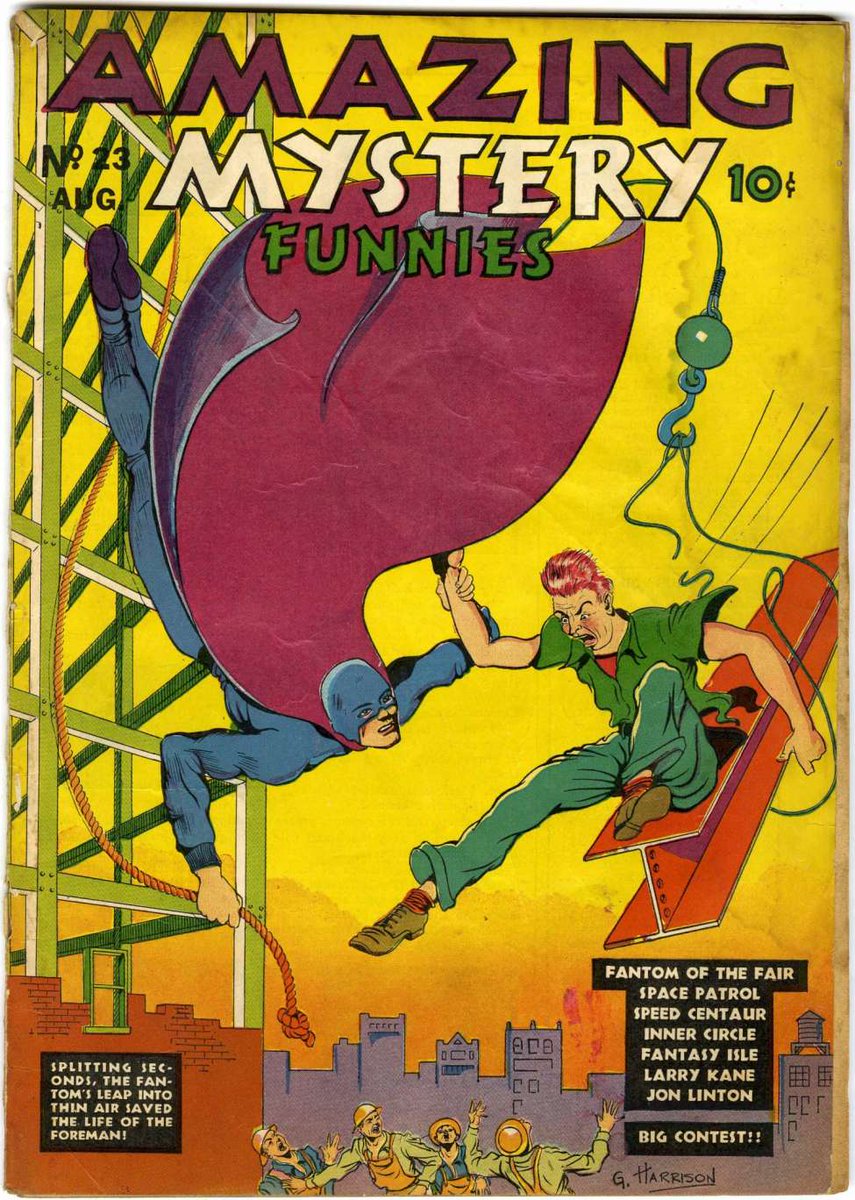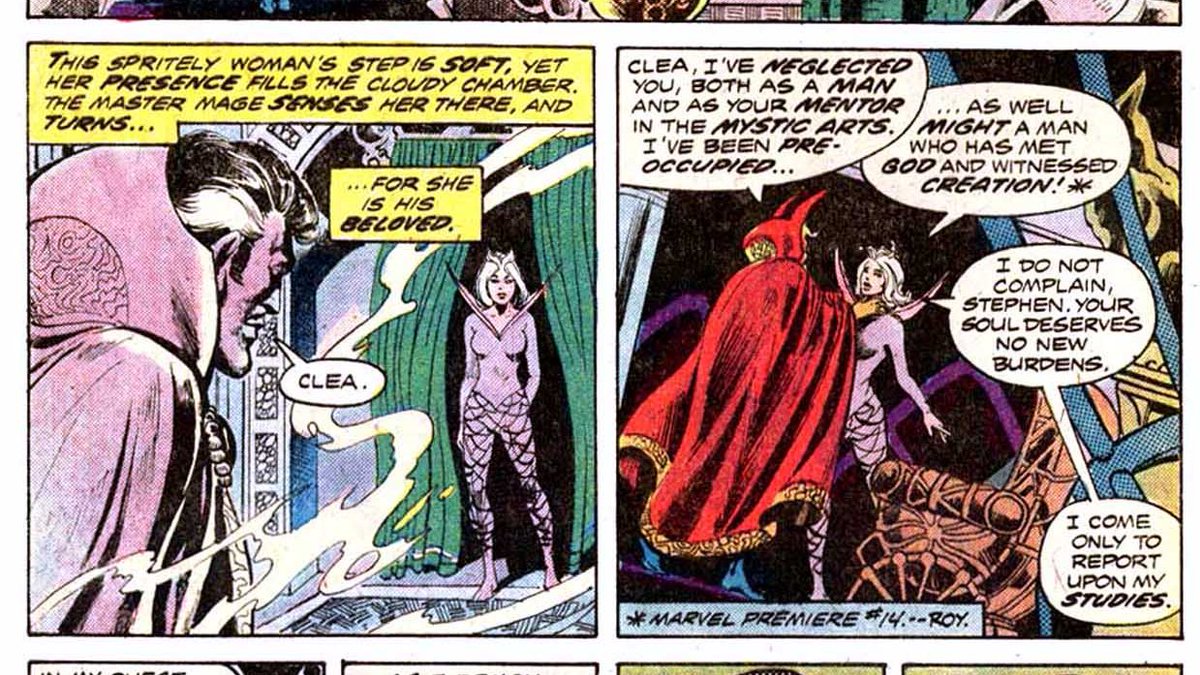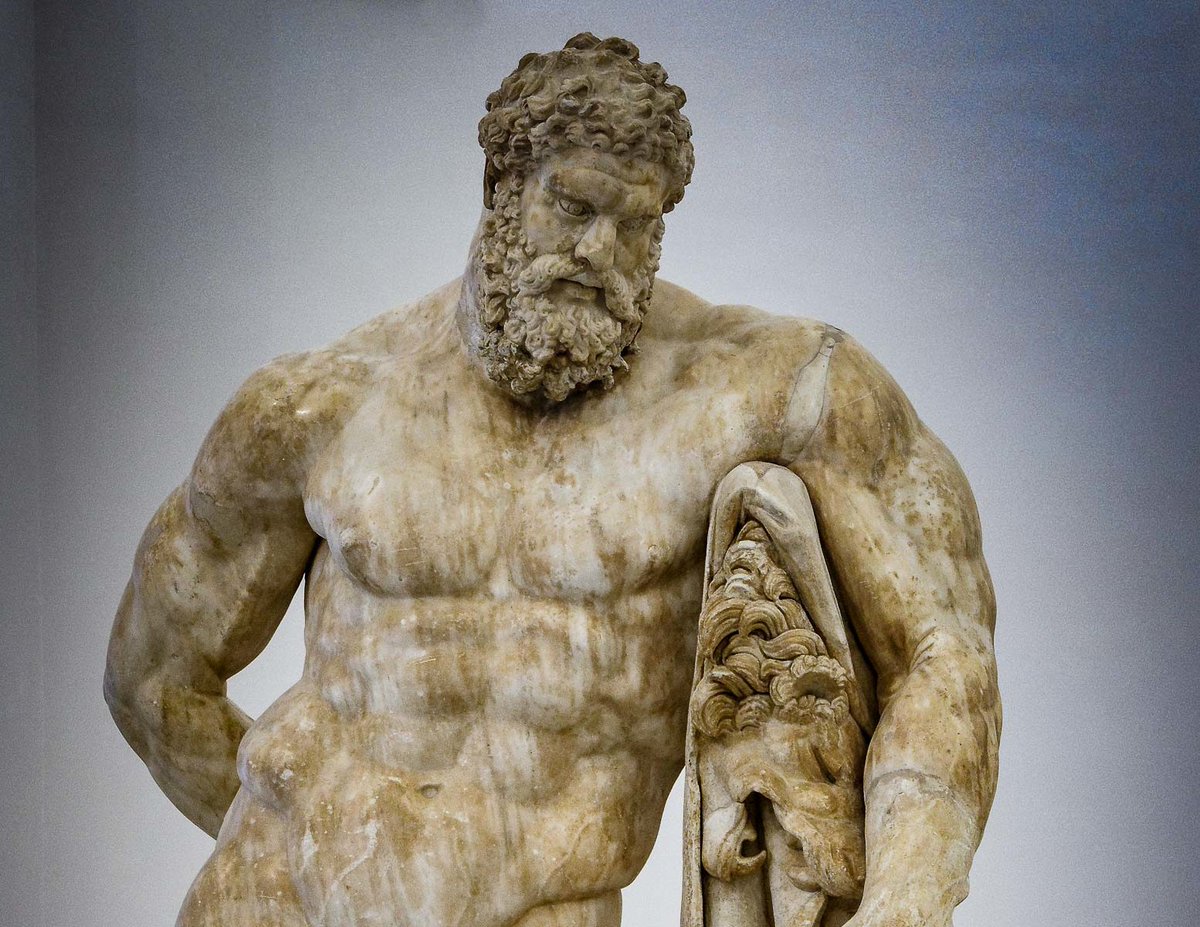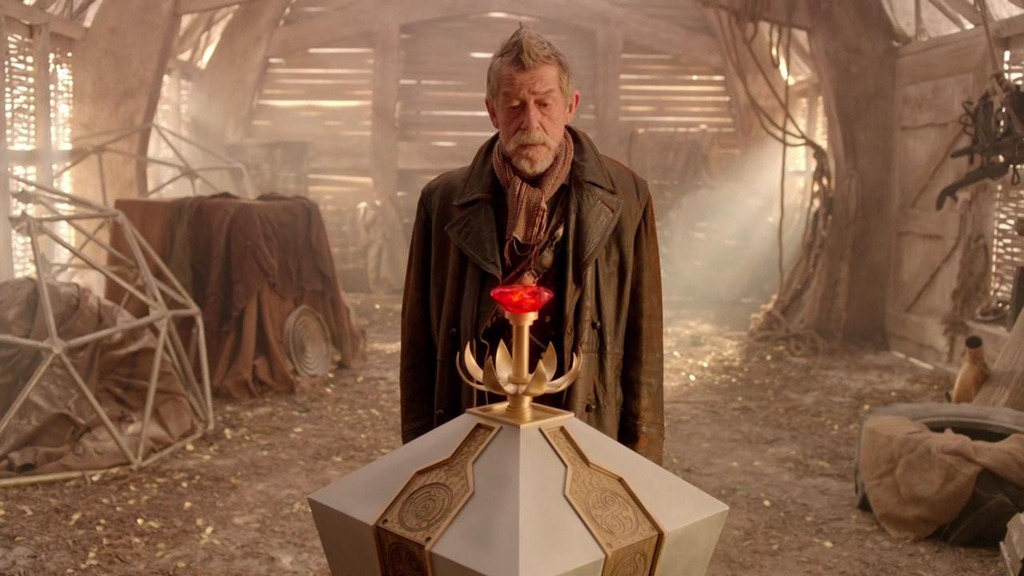
1939 Centaur publications Amazing Mystery Funnies 11
A wonderfully dramatic cover by Paul Gustavson with "The Fantom of the Fair". This issue hit the stands about 8 weeks after Detective Comics 27.
If it was a contest of covers, I would have picked this one!
A wonderfully dramatic cover by Paul Gustavson with "The Fantom of the Fair". This issue hit the stands about 8 weeks after Detective Comics 27.
If it was a contest of covers, I would have picked this one!

A very early and emotionally intense Bill Everett cover in Centaur's Amazing Mystery Funnies 6, probably hitting the stands in Holiday 1938. 

I love covers with girders and skyscrapers under construction! You can see the thrill building the NYC skyline in these covers.
Here is a gorgeous Fantom of the Fair cover, by George Harrison, for Centaurs Amazing Mystery Funnies 23 from Spring 1940.
Here is a gorgeous Fantom of the Fair cover, by George Harrison, for Centaurs Amazing Mystery Funnies 23 from Spring 1940.

Another great cover from Centaur's Amazing Mystery Funnies - Spring 1939, cover artist unknown.
"Sand hogs" are urban miners, building tunnels and other infrastructure, especially in NYC. They started with the Brooklyn Bridge!
The cover speaks to the times! Its wonderful.
"Sand hogs" are urban miners, building tunnels and other infrastructure, especially in NYC. They started with the Brooklyn Bridge!
The cover speaks to the times! Its wonderful.

Another early Bill Everett cover from Centaur's Amazing Mystery Funnies, from Spring 1939.
Skyrocket Steele! I love the bright colors, even as the action is desperate and warlike. Bayonets and bright yellows!
That's my jam.
Skyrocket Steele! I love the bright colors, even as the action is desperate and warlike. Bayonets and bright yellows!
That's my jam.

Another Skyrocket Steele cover, this time by Terry Gilkison, hitting the stands in January of 1939 for Centaur's Amazing Mystery Funnies.
This is the best image of the cover I could find (a bit faded) but its just so evocative of Space Opera! Winged rocketships and domed cities
This is the best image of the cover I could find (a bit faded) but its just so evocative of Space Opera! Winged rocketships and domed cities

You've probably seen this Bill Everett cover before! Later 1938 for Centaur's Amazing Mystery Funnies. I love the detail. You can see the shirt pockets and the rivets on that gunport.
The deep shadows are an interesting touch, aren't they?
The deep shadows are an interesting touch, aren't they?

The preceding Bill Everett Skyrocket Smith cover in late 1938 for Centaur's Amazing Mystery Funnies. Its an anthology magazine - a bit of western, a bit of Buck Rogers, etc.
I love the details, like the microphone thing and the cape fastener. Engaging composition.
I love the details, like the microphone thing and the cape fastener. Engaging composition.

Saved the best for last - the *very first* Bill Everett cover. (Oddly, Skyrocket Steele is not part of this anthology)
Is this not a breathtakingly beautiful comic book cover?
Summer, 1938. Centaur's Amazing Mystery Funnies 1
Is this not a breathtakingly beautiful comic book cover?
Summer, 1938. Centaur's Amazing Mystery Funnies 1

• • •
Missing some Tweet in this thread? You can try to
force a refresh




















